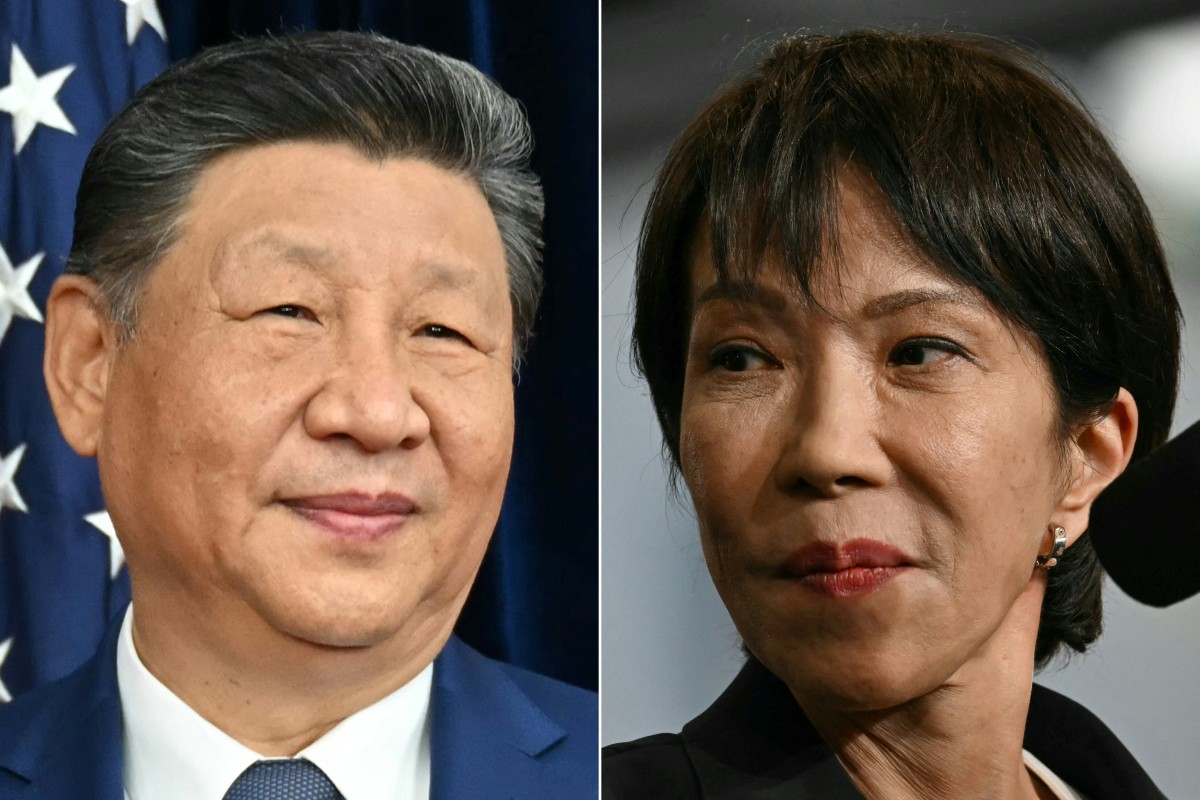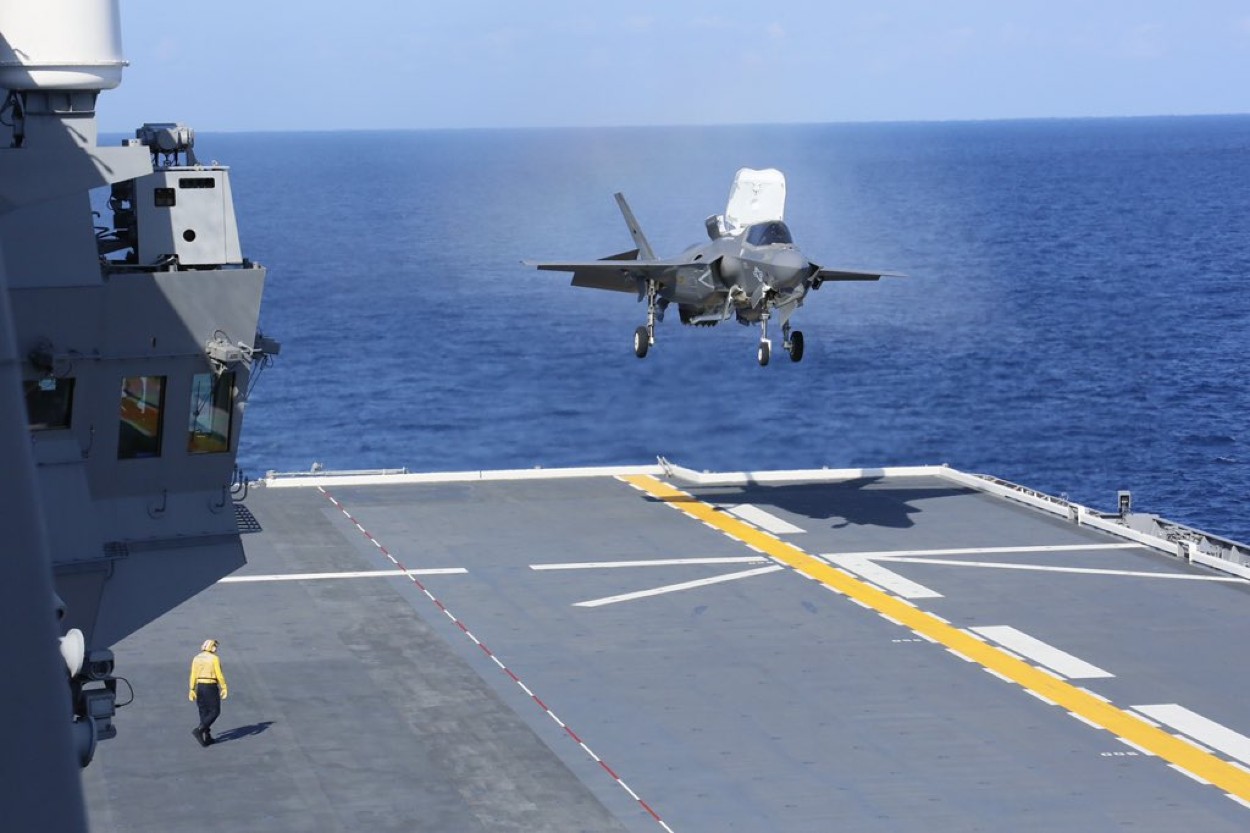The war rhetoric between China and Japan is once again reaching dangerous proportions. China reacted angrily after the new Japanese Prime Minister Sanae Takaichi’s comment that a hypothetical Chinese attack on Taiwan could trigger a military response from Tokyo.
Beijing responded by sending Coast Guard ships to the disputed Senkaku Islands and warning travelers and students about safety risks in Japan.
The uninhabited islands in the East China Sea are claimed by both countries and are known as Diaoyu in China and Senkaku in Japan. The islands are north of Japan’s westernmost islands and near Taiwan.
Chinese travellers are an important part of Japan’s tourism industry. In 2024, more than seven million Chinese nationals visited Japan, accounting for nearly one in five international tourists, according to Japan’s tourism bureau.
For many observers, trained in the Eurocentric view of history, the rising Sino-Japanese tensions could be a sideshow in the Indo-Pacific theatre, which is often described as a bipolar contest for influence between the US and China.
However, nothing could be further from the truth. The two countries share a bloody, violent past and have fought many wars.
In fact, an argument could be made that the Second World War did not begin with Germany’s attack on Poland in 1939, but with the Japanese attack on China in 1937.
By the time Hitler decided to invade Poland, millions had already died in the Sino-Japanese War. Later on, Japan allied with Nazi Germany and attacked Pearl Harbor in 1941, marking the formal entry of the US into the war.
Also, the war in Asia lasted longer. While Germany surrendered in May 1945, the war in Asia continued till August 1945, and ended only with the use of nuclear bombs by the US in Japan.
The Sino-Japanese War lasted eight years (1937-1945), killing over 22 million Chinese, second only to the casualties suffered by the Soviet Union, and more than double the casualties sustained by Germany, the UK, France, and the US put together.
However, the history of Sino-Japanese wars is even older.
Japan invaded and occupied Manchuria in 1931, almost eight years before the start of the Second World War.
Earlier in 1895, Japan invaded and occupied the Island of Taiwan. So, the Sino-Japanese conflict over Taiwan is more than 130 years old.
However, much has changed since the end of the Second World War in 1945. While Japan adopted a pacifist Constitution, renouncing war as its sovereign right, China emerged as a strong military power.
Currently, China is the world’s second-largest economy, has the world’s largest Army, and the second-largest military budget after the US.
On the other hand, Japan has a small army. However, despite the visible and marked difference in military power, Tokyo will not be a walkover for Beijing.

Why Tokyo Is No Walkover For Beijing?
In quantitative terms, Tokyo is no match for Beijing.
According to the Global Firepower Index, China has the world’s largest Army, employing 20,35,000 active personnel, whereas the Japanese Army employs 2,47,150 active personnel. So, the Chinese Army is nearly 10 times the size of the Japanese Army.
However, this quantitative edge of China over Japan does not translate into a qualitative edge, and Tokyo will be a hard nut to crack for Beijing.
The US-Japan Defense Treaty
Firstly, Japan has a powerful ally in the US. Any military attack on Japan is likely to involve the US.
The US and Japan signed a mutual cooperation and security treaty in 1951. However, the first version of the treaty included no obligation for the United States to defend Japan.
As Cold War tensions in Asia intensified in the aftermath of the Korean War, the two governments revised the bilateral security treaty in 1960.
The revised treaty enshrined the U.S. commitment to defend Japan in Article V in return for permission to retain bases in Japan “for the maintenance of international peace and security in the Far East,” captured in Article VI. The United States also retained control of Okinawa until 1972.
In April 1996, a joint security declaration affirmed the US-Japan alliance as the “cornerstone… for maintaining a stable and prosperous environment for the Asia-Pacific region.”
In that document, the two governments agreed to revise the 1978 guidelines for defense cooperation, for the first time including cooperation in “situations that may emerge in the areas surrounding Japan”—code for a Korean and Taiwanese contingency.
The US commitment to defend Japan is as strong as Article V of NATO.
Multiple US Military Bases In Japan
As part of the mutual defense treaty, the US got the right to maintain military bases in Japan.
The US has 14 military bases in Japan, and over 54,000 US military personnel are stationed there, the highest number of US soldiers in any overseas country. The US military presence includes major installations like Kadena Air Base and Yokosuka Naval Base, with a significant concentration on the island of Okinawa.
The presence of thousands of US military personnel in Japan is a powerful deterrent. China understands that a military attack on Japan will surely bring the US soldiers into the line of fire, which will compel the US to join the war.
The US military has also deployed its latest weapons systems to these bases, which serve as a force multiplier for Japan.
Latest US Weapons Systems
Being a treaty ally of the US means that Japan has access to the latest US weapons systems.
Be it the fifth-generation stealth aircraft, the F-35, or the latest missile defense systems, such as the Standard Missile-3 and Patriot Advanced Capability-3 interceptors, the V-22 Osprey tiltrotor military transport aircraft, or the Tomahawk Block V Land Attack Cruise Missile, Tokyo has access to the latest US weapons systems.
The presence of these weapons systems means Japan can impose a heavy cost on China and hold its defense lines until help arrives from the US.
Japanese Self-Defense Forces Are No Walkover
The Japan Air Self-Defense Force (JASDF) is highly technologically advanced and is a key player in the region.
According to GlobalFirepower 2025, Japan has the world’s sixth strongest air force. Japan has 1,443 aircraft. However, it has 45 F-35s.
Besides, the USAF also deploys nearly 48 of its F-35s to Japan on a rotational basis. These also include F-35B fighters from two US Marine Corps squadrons at Marine Corps Air Station Iwakuni.

The USAF also maintains a rotational deployment of approximately 12 F-22 Raptors at Kadena Air Base in Okinawa, Japan. The F-22 Raptor is widely considered the world’s most advanced stealth fighter jet.
The JASDF also has nearly 200 F-15 Eagles. The USAF also deploys its F-15s and F-16s in Japan.
The presence of the latest fourth and fifth-generation fighter jets means that, despite smaller numbers, the JASDF is capable of inflicting heavy damage.
Additionally, the Japanese islands are also well protected by a missile defense system equipped with Standard Missile-3 and Patriot Advanced Capability-3 interceptors. These missiles are capable of shooting down a ballistic missile both inside and outside of Earth’s atmosphere.
The Japanese Navy is also technologically highly advanced. It has four helicopter carriers that can deploy F-35B fighter jets. Japan also has nearly 24 submarines and six highly advanced Frigates.
Japan does not have an aircraft carrier, but the US often deploys its aircraft carriers in the region.
The primary US aircraft carrier deployed in Japan is the nuclear-powered USS George Washington (CVN-73), which is part of the forward-deployed Carrier Strike Group Five and is homeported at Yokosuka.
While other carriers have been deployed to Japan in the past, such as the USS Ronald Reagan, the USS George Washington is the currently assigned carrier for that role.
Notably, China still lacks a nuclear-powered aircraft carrier.
More than anything, China should remember that though Japan has renounced war as a sovereign right, the country has a highly militaristic past.
Any military conflict with China is bound to revive that nationalistic sentiment in Japan.
Due to all these reasons, Japan may appear weak, but China would think twice before engaging in a military conflict with Japan.
- Sumit Ahlawat has over a decade of experience in news media. He has worked with Press Trust of India, Times Now, Zee News, Economic Times, and Microsoft News. He holds a Master’s Degree in International Media and Modern History from the University of Sheffield, UK.
- THIS IS AN OPINION ARTICLE. VIEWS PERSONAL OF THE AUTHOR.
- He can be reached at ahlawat.sumit85 (at) gmail.com




